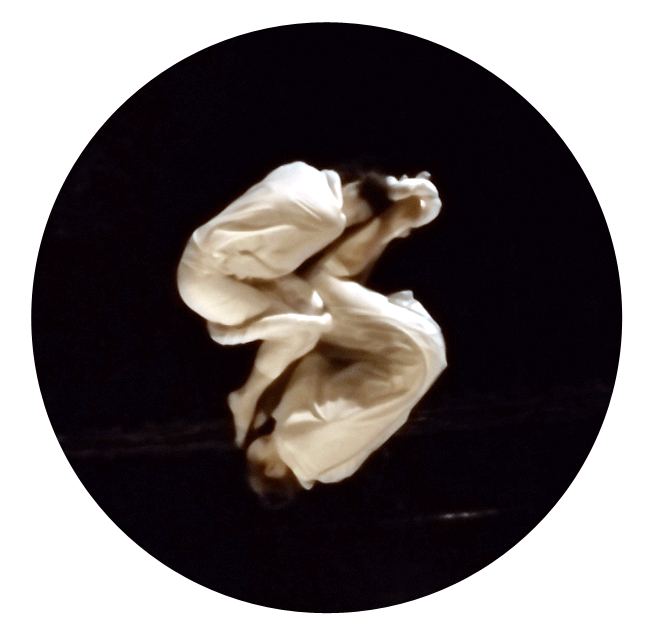
Melancholy - Part 1
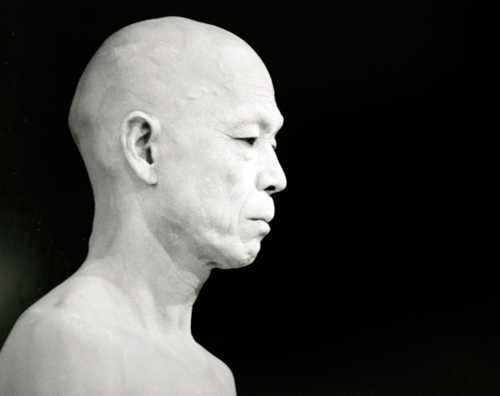
The Inner Labyrinth
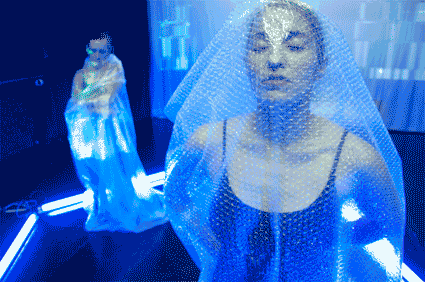
Ser Viviente - Lebe-Wesen
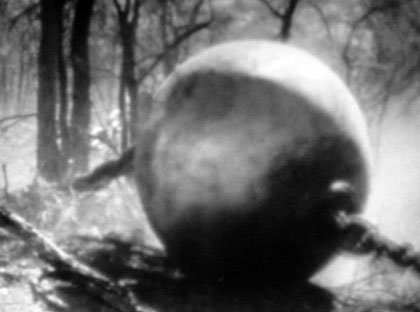
Cicles
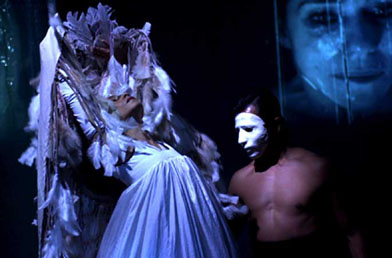
Landscapes of Love
Balance
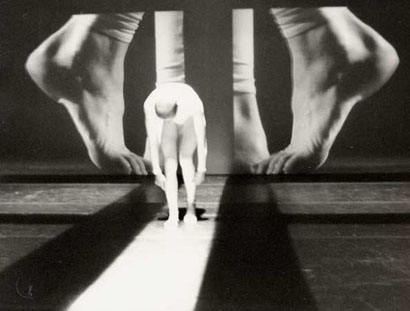
Multimediale Inszenierung / Multimedia Performance
Ein Stück von / piece by Wolfgang H Scholz
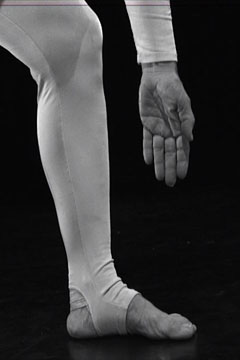
Landschaften der Liebe sind kleine Blicke, Versuche ein Puzzle zu lösen und erst einmal zu verstehen und die Übersicht zu behalten. Bruchstücke des Lebens, der Liebe, sollen in einen work in progress zusammen gefügt werden. Das Leben besteht aus dem zufälligen Zusammentreffen unter-schiedlicher Wahrnehmungen. Eben gerade diese Punkte zu Hinterfragen und für eine Aufführung zu bearbeiten. "Landschaften der Liebe" versucht in sechs Teilen eine Geschichte zu erzählen. Der Tanz soll in seiner Art eine Reduktion auf minimalste Gestik versuchen. Die Musik des Percussionisten/ Gitarristen wird durch Geräusche Atmen/Sprechen/Töne etc. zu einer Klangkomposition. Die Filmbilder zeigen den, in einer Probe aufgezeichneten Tanz, in zeitgleicher Länge zur Aufführung. Die Tänzerin begegnet sich in gespiegelter Bewegung (zwei Projektionen). So entsteht ein Gefühl, als wären es drei Figuren. Diese vereinen sich auf der Bühne und werden doch wieder vom Zufall der sich verändernden Projektion auseinander gerissen (aus rein technischen Gründen ergibt sich immer ein geringer zeitlicher Versatz beim Abspiel der einzelnen Projektion).
“Landscapes of Love“ is a series of insights, attempts to solve a puzzle, to understand and to keep an over view. Pieces of life, love are supposed to come together in a kind of work in progress. Life consists of sundry encounters, different perceptions. It is precisely these points that are being questioned to create a performance. “Landscapes of Love” tries to tell the story in six parts. Dance is kept in a reduced minimalist gesture style. The music is composed by the Percussionist/ Guitarist and noise : breathing, words sounds etc. The film- images show a dance in the studio , in the same length of time as the performance. The dancer encounters herself in a mirror image of movement (in two projections). Thus the feeling is created that these are three figures. These unite on stage and are yet separated by the coincidences of the changing projections (This happen out of purely technical reasons which creates small time separations because of the two projectors that cannot run identically).
Dancer: Isabel Beteta De Cou
Operator: Wolfgang H Scholz
Choreography: Isabel Beteta De Cou + Wolfgang H Scholz
Music: Arvo Pärt + Alejandro Velasco
Film, Sound, Stage: Wolfgang H Scholz
43 mins., 2001
Production:
Centro Cultural Los Talleres, Mexico City
Centro de la Imagen, Mexico City
Goethe Institute Mexico City
Friedrich-Ebert-Stiftung
Videorama, Mexico City
Sic! Film Production, Munich
Performances:
2001 Centro de Imagen, Mexico City
2001 Foro Los Talleres, Mexico City
2001 Forum, Centro Cultural Ollin Yolitztly, Mexico City
2001 Teatro de la Danza, Mexico City
2001 Centro Fotográfico Alvarez Bravo, Oaxaca, Mexico
2002 National Theater Havana, Cuba
2002 Fringe Festival for Independent Dance Toronto, Canada
2003 Clemente Soto Velez Cultural Center, New York City, USA